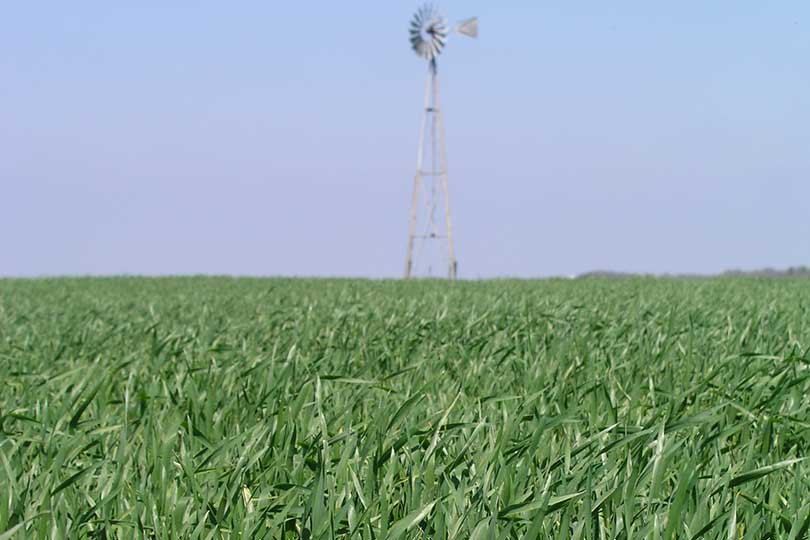By Jessica Domel
Multimedia Editor
Low commodity prices and tight margins are putting the squeeze on many farmers and ranchers. While some will consider a loan, others remain hesitant to add new debt.
Whichever option a farmer or rancher chooses, Phil Peabody, regional vice president for Capital Farm Credit, says it’s important to first understand costs.
“With margins as tight as they are, the spotlight shines brighter on every decision along the course of business,” Peabody said. “By understanding costs—including the soft costs like labor, time—that takes one element of the decision-making out of the equation.”
Understanding costs allows farmers and ranchers to focus on maximizing revenue or productivity. If it’s a risk management situation, understanding costs allows the potential borrower to have a clear picture of what opportunities the market may provide.
A good budget is also important—whether or not you’re considering a loan.
The ability to budget and forecast a financial position, and how that may change depending upon the market, will help when decision-making opportunities arise.
“Good information and good data, both historical and looking forward, is going to help producers make those difficult decisions and help them make the best of every opportunity that comes at them,” he said.
It’s also important to preserve working capital, Peabody noted.
“In today’s environment, particularly with the volatility that we’re seeing in livestock markets, liquidity is king,” Peabody said. “Liquidity can get eroded from a producer’s balance sheet by spending too much on capital expenditures or paying off debt too early. In this environment, working capital makes all of the difference.”
In the fourth quarter of 2016, outlook for farm income remained weak. Farmland values were down in many areas.
Those issues, combined with low commodity prices and lower input costs, caused many commercial banks to become more hesitant when granting non-real estate farm loans.
The volume of new farm loans dropped 40 percent from one year ago.
That’s the largest year-to-year drop in two decades, according to the Federal Reserve Bank of Kansas City.
“We’re trying to work with producers—both our existing customers and new producers—to find customized solutions that will work for their operation,” Peabody said. “We understand the environment we’re in has strained their financial position. We understand some of the strategies that historically worked and were proven haven’t worked as well in the last year or two.”
Capital Farm Credit, which is a member-owned cooperative, is seeing an increase in conversations about loans and debt. They’re also seeing an increase in demand for loans.
“We know producers need to make money. So we’re working with them to try to preserve and build equity and offer some opportunities to become better marketers and try to lock in profits when the markets give them that opportunity,” Peabody said.
If profit margins remain low, the pace of new loans and debt will help economists assess the severity of financial stress in 2017, according to the Federal Reserve Bank of Kansas City.
The full report from the Federal Reserve Bank can be found at http://bit.ly/AgFinance2016.

